Pollution on Havana’s Prize Beaches, a Growing Concern
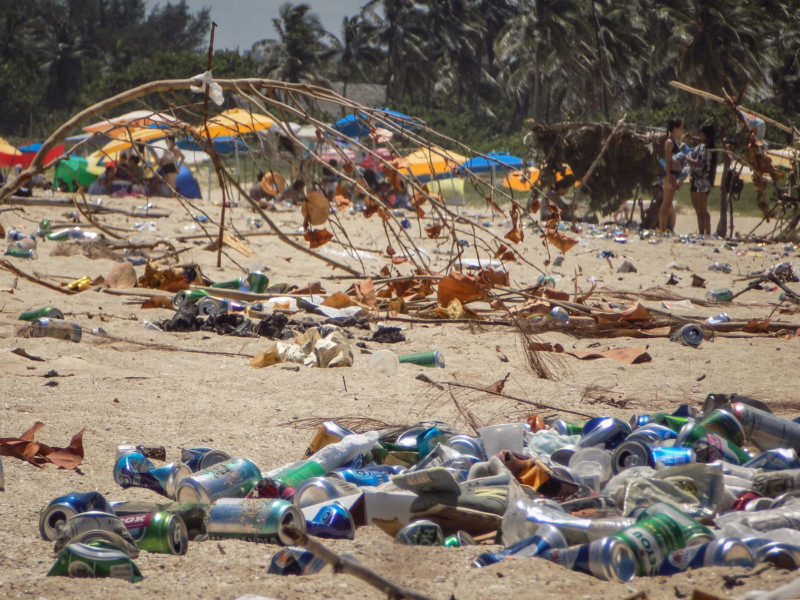
Photo Feature by Idania Cárdenas
HAVANA TIMES – Havana’s Eastern beaches, one of the capital’s main tourist and recreational attractions, are facing serious pollution issues. These beaches, known for their beauty and crystal-clear waters, are threatened by various types of pollutants that are affecting both the environment and public health.
Many residential and tourist areas lack adequately developed wastewater treatment systems, resulting in untreated sewage being released directly into the sea. These effluents contain a mixture of organic and inorganic pollutants that deteriorate water quality.
The accumulation of trash, such as plastics and other solid waste, is another significant source of pollution. This waste is the result of both people’s carelessness and the lack of proper infrastructure for waste collection and disposal.
Effects of pollution
The presence of pathogens in contaminated waters can lead to gastrointestinal illnesses, skin infections, and other health problems. In terms of marine ecosystems, pollution affects marine biodiversity. The accumulation of trash and debris on the beaches also negatively impacts the aesthetic beauty of the environment.
Local residents, some of whom have lived in the area for 15 years, told me that some clean-up initiatives have been carried out, but they are sporadic and not always effective: “I think it would be helpful to have a more regular and efficient cleaning program, and for the government to implement stricter regulations on waste disposal. The pollution also affects the tourism sector. When there is a lot of trash on the beach, tourists complain, and some even decide not to come back. This can reduce business income.”
The interviews I conducted reflect widespread concern among the residents of Havana’s Eastern beaches about the impact of pollution on their daily lives and the local economy. Proposed solutions include improving wastewater treatment infrastructure, increasing the frequency of beach clean-ups, and raising awareness about environmental conservation. Addressing these issues will require collaboration between local authorities, the community, and the tourism sector.

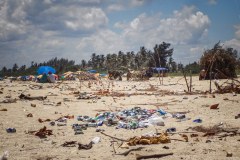
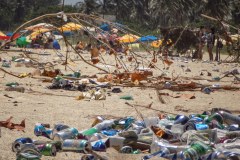
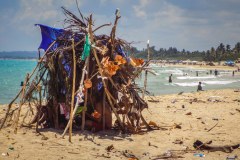

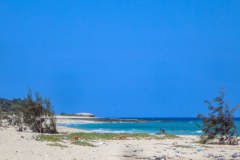

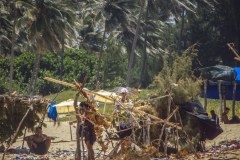
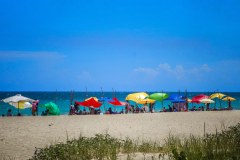
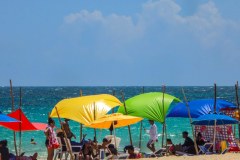


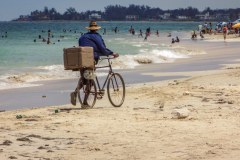
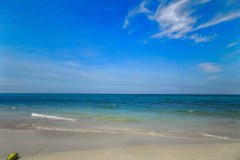
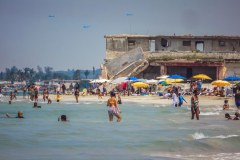
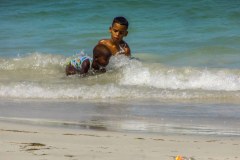
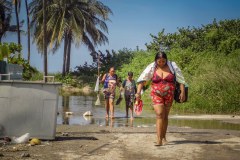





The small beaches west of Havana which were designed by the regime for use by Cubans, not tourists, have been overloaded with garbage for fifteen years, it stretches along kilometres of the coastline. At Guanabo, where a large car park was constructed for Cuban visitors even the swimming pool is full of garbage. In the streets of most towns, piles of rotting garbage are commonplace. Even Havana “the Capital City for all Cubans”, displays mountains of garbage. Are there exceptions? Yes, most – but not all of the peninsula of Varadero, and of course Siboney where the privileged live, when not in their offices in Revolution Square and the Capitolio. Diaz-Canel presides over the Kingdom of Basura.
So sad to see these photographs as the highlights and memories of my Cuban holidays were spending many happy hours walking and exploring these beautiful and, then, unpolluted beaches.
Tourists will not return once they see this problem so the municipalities had very quickly to get their act together and resolve this very serious problem.